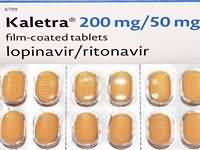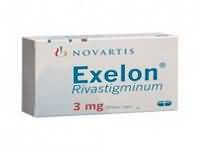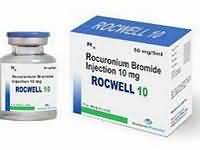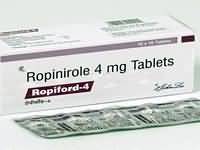Anagrelide

Anagrelide
CLINICAL USE
Platelet-reducing agent
DOSE IN NORMAL RENAL FUNCTION
1–10 mg daily in divided doses; maximum
single dose 2.5 mg; normal range 1–3 mg
daily
PHARMACOKINETICS
Molecular weight :
292.5 (as
hydrochloride)
%Protein binding :
No data
%Excreted unchanged in urine :
<1
Volume of distribution (L/kg) :
12
half-life – normal/ESRD (hrs) :
1.3
DOSE IN RENAL IMPAIRMENT
GFR (mL/MIN)
30–50 Dose as in normal renal function
10–30 Dose as in normal renal function,
but use with caution and keep to
lowest dose possible
<10 :
Dose as in normal renal function,
but use with caution and keep to
lowest dose possible
DOSE IN PATIENTS UNDERGOING RENAL REPLACEMENT THERAPIES
CAPD :
Unknown dialysability. Dose as in
GFR <10 mL/min
HD :
Unknown dialysability. Dose as in
GFR <10 mL/min
HDF/high flux :
Unknown dialysability. Dose as in
GFR <10 mL/min
CAV/VVHD :
Unknown dialysability. Dose as in
GFR=10–30 mL/min
IMPORTANT DRUG INTERACTIONS
Potentially hazardous interactions with other drugs
Cilostazol: avoid concomitant use
Phosphodiesterase inhibitors: avoid
concomitant use with milrinone and
enoximone
spirin: potential risks and benefits must
first be assessed, additive antiplatelet effect
Grapefruit juice: may reduce clearance of
anagrelide
ADMINISTRATION
Reconstition
–
Route
Oral
Rate of Administration
–
Comments
–
OTHER INFORMATION
May cause fluid retention, tachycardia and
various cardiac complications
Rarely can increase creatinine levels
High doses can cause a drop in blood
pressure
See how to identify renal failure stages according to GFR calculation
See how to diagnose irreversible renal disease
Home









